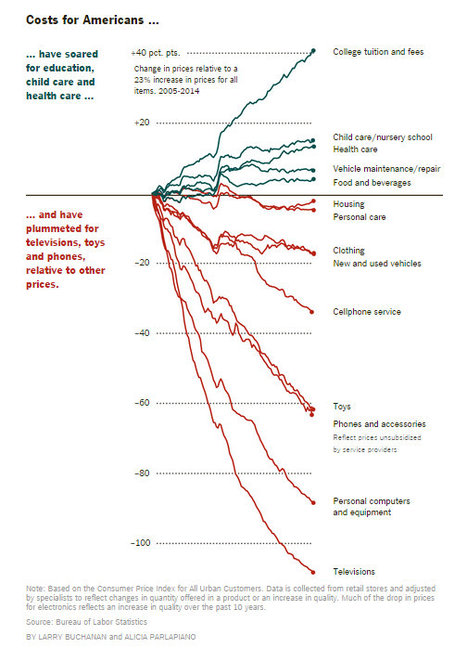(p. C7) Ludwik Fleck (1896-1961), who earned a doctorate at Lwów University while studying under Weigl, also became interested in typhus during World War I, when he too was drafted by Austria-Hungary. Fleck’s specialty was immunology, and in 1919 he joined Weigl’s institute. Somewhere between 1921 and 1923 he crafted a way to diagnose typhus, but despite this achievement, Polish anti-Semitism denied him the academic recognition that his talent merited. During this period, he would occupy government posts (until 1935, when anti-Semitic policies made it impossible for Jews to hold such positions) and, with his wife’s dowry, opened his own laboratory.
By August 1942, Fleck, though confined to Lwów’s Jewish ghetto, managed to create a vaccine from the urine of typhus patients. (Fleck’s vaccine may have been easier to produce than Weigl’s.) Six months later, he was sent to Auschwitz, where he worked in a bacteriological research unit and where he was treated somewhat better than most camp inmates. In December 1943, Fleck was dispatched to the Buchenwald concentration camp to work on a typhus vaccine.
The Germans wanted the Buchenwald typhus-vaccine prisoner unit–some were physicians and scientists, some weren’t–to follow instructions for making a vaccine that had originated at the Pasteur Institute in Paris. It was a convoluted process that involved rabbit lungs and the organs of other animals. The unit’s inmates, including Fleck, who understood immunology better than anyone else at Buchenwald, conspired to produce two kinds of vaccine: large quantities of worthless serum that were shipped to SS troops at the front; and much smaller doses of effective vaccine that were used to secretly immunize prisoners. Their daring sabotage could have led to their execution, of course, but their Nazi overseers in the camp were too medically ignorant to understand what was transpiring. If senior SS officials elsewhere became suspicious, the prisoners would supply the real vaccine for testing by the skeptical parties.
For the full review, see:
HOWARD SCHNEIDER. “The Fever that Gripped Europe.” The Wall Street Journal (Sat., July 19, 2014): C7.
(Note: the online version of the review has the date July 18, 2014, and has the title “Book Review: ‘The Fantastic Laboratory of Dr. Weigl’ by Arthur Allen; Two scientists who worked to beat typhus and sabotage the Nazis.”)
The book being reviewed:
Allen, Arthur. The Fantastic Laboratory of Dr. Weigl: How Two Brave Scientists Battled Typhus and Sabotaged the Nazis. New York: W. W. Norton & Company, 2014.
My dissertation adviser, Stephen Toulmin, recommended a philosophy of science book by Ludwig Fleck that I have owned for several decades, but never gotten around to reading. It is said to anticipate some of the issues discussed by Thomas Kuhn in his classic The Structure of Scientific Revolutions. The Fleck book is:
Fleck, Ludwik. Genesis and Development of a Scientific Fact. pb ed. Chicago, IL: University of Chicago Press, 1981 [first published in German in 1935].



